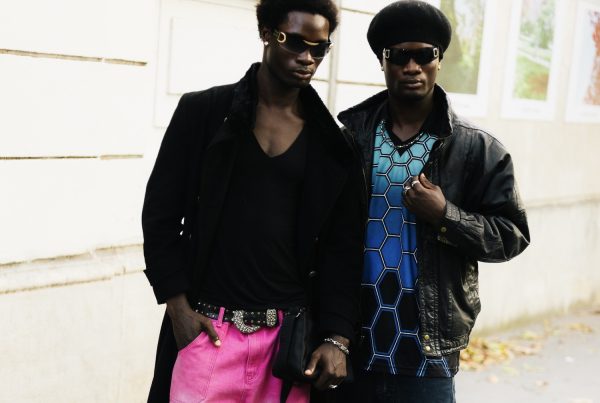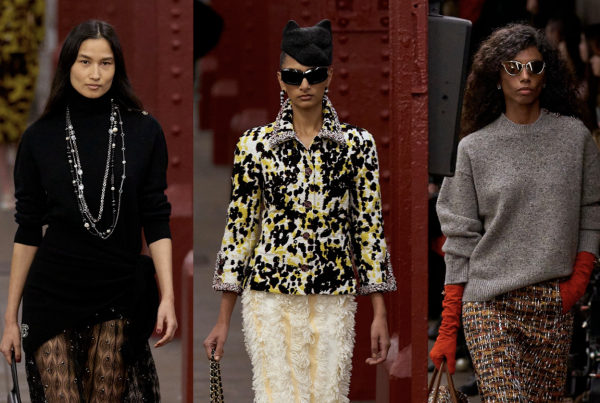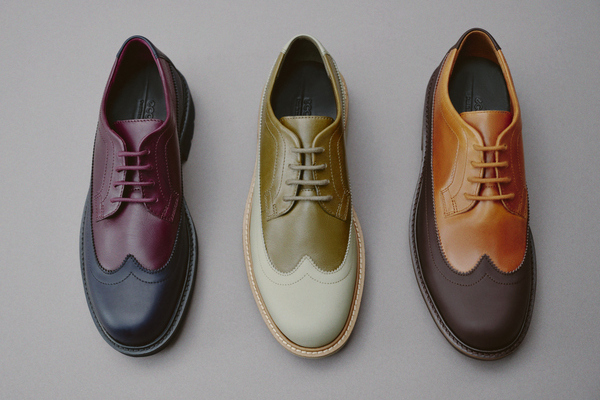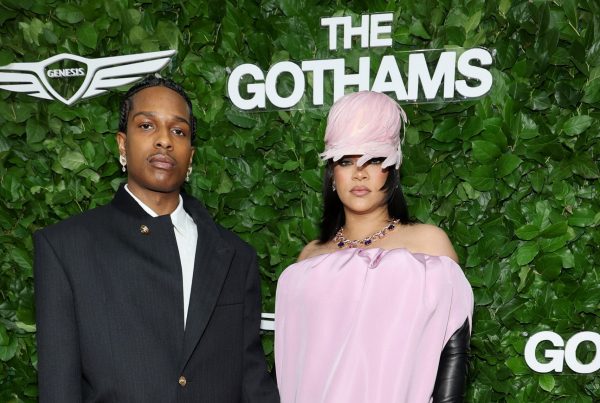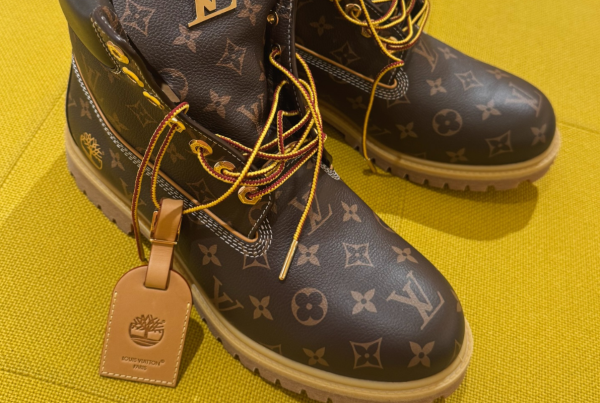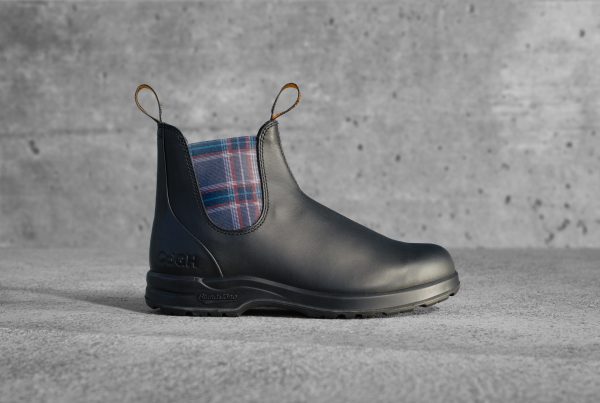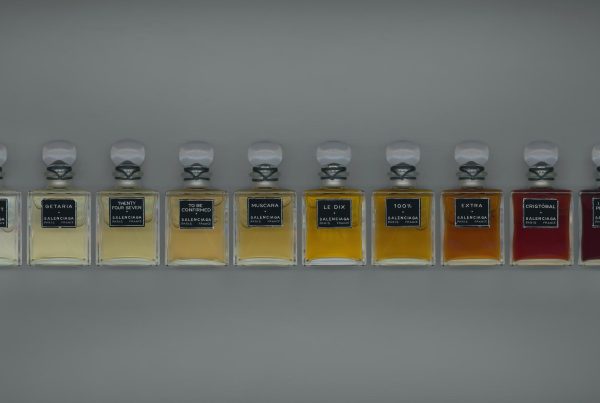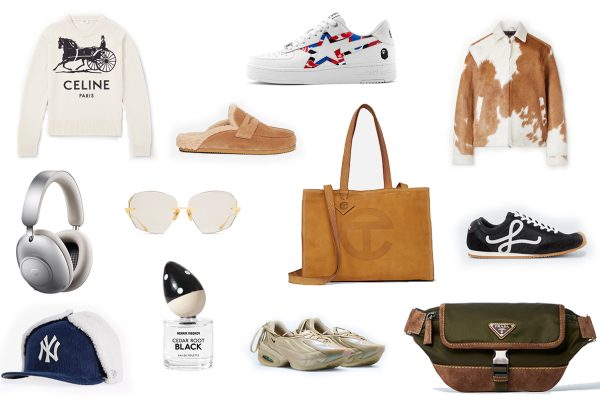Clothing is a primary human need. It’s production, however, is one of the top environmental polluting factors. Cotton has been the leading fiber for clothes. Still, it is the most pesticide-intensive crop worldwide. The use of the chemical pollutes the environment. Its effects are massive on land, water, and air.
The other accessible cloth making materials are wool, polyester, and nylon. All of them are quite damaging to the environment. They have only been popular due to the low costs of production. Polyester and nylon are non-biodegradable. They are also energy-intensive to produce.
The production releases nitrous oxide – which has several times higher greenhouse effects than carbon dioxide. The environmental impact of these traditional materials has some devastating effects. They include possible injury and, at times, death.
These effects have seen the need to explore alternative cloth-making materials. Here are some of the top alternative materials for making clothes;
Hemp
Hemp is one of the historically most popular fibres producing plants. Studies indicate it has been in existence since the 8,000BC. It was one of the essential plants at that time. It was used in the production of several products like paper, clothes and many more. This was until its banning after World War 2. The ban made the plant to almost vanish.
It is only now when hemp is making a comeback to the market. Most states are starting to legalize their production. It has proven to be more productive and more accessible to produce than cotton.
The plant is more pest resistant and can grow in diverse weather conditions. It also produces up to 250% more fiber than cotton.
The hemp textile making process is also less power-intensive. It involves harvesting and separating the hemp fibers. Afterward, it goes through retting then decorticating. There is the removal of lignin followed by spinning the fiber into yarn. The result is used for making various materials. Already there are several hemp textiles companies to watch out for.
Bamboo
Bamboo is the other environment friendly textile plants. It is popular due to its fast-growing nature. It grows in different parts of the world and does not require pesticides to thrive. It also needs less water without any fertilizers.
The growth rate of bamboo is quite impressive. It can grow by up to 4 feet in a day. It releases high oxygen levels into the environment. It also has a vast root network. There is no need to replant it every other time. The plant also comes with soil condition improvement features.
The bamboo is excellent for textiles due to its softness. They are free-flowing, so are functional materials. Also, they are softer than cotton. Bamboo clothing has moisture absorption properties for summer clothing. The trendy looks have made bamboo products pick up faster in the market.
Silk
Silk has been in production for the most extended period. Earlier, it had been associated with luxurious clothing. The fabric is also famous for its refinement and sensuality. Silk is also biodegradable.
It takes to dye quickly than the other materials. These properties make it environment friendly.
The only concern with silk is the production method. Silk comes from the silkworm. Most people believe the production is animal cruelty. That is why the alternative methods of producing silk are coming up. These alternatives don’t harm animals. Some of the other options are the spider, lotus, art, and ramie silk.
Bottom Line
Sustainability is vital when it comes to making clothes. Several alternatives are beginning to replace cotton as the primary cloth making materials. So far, silk, hemp, and bamboo are the frontrunners. Still, other possible materials are coming up. With time cotton will be a foregone material in cloth making.




